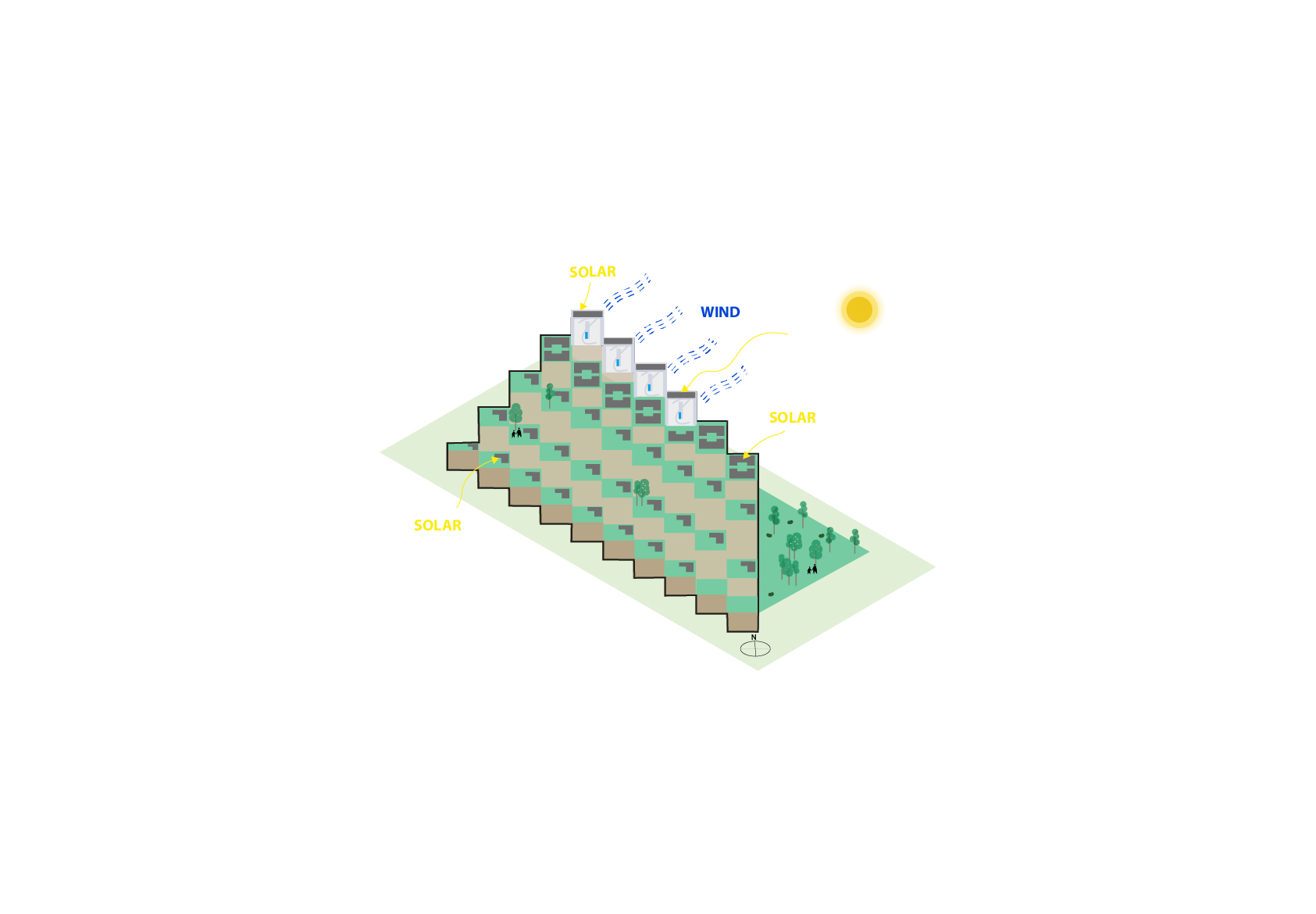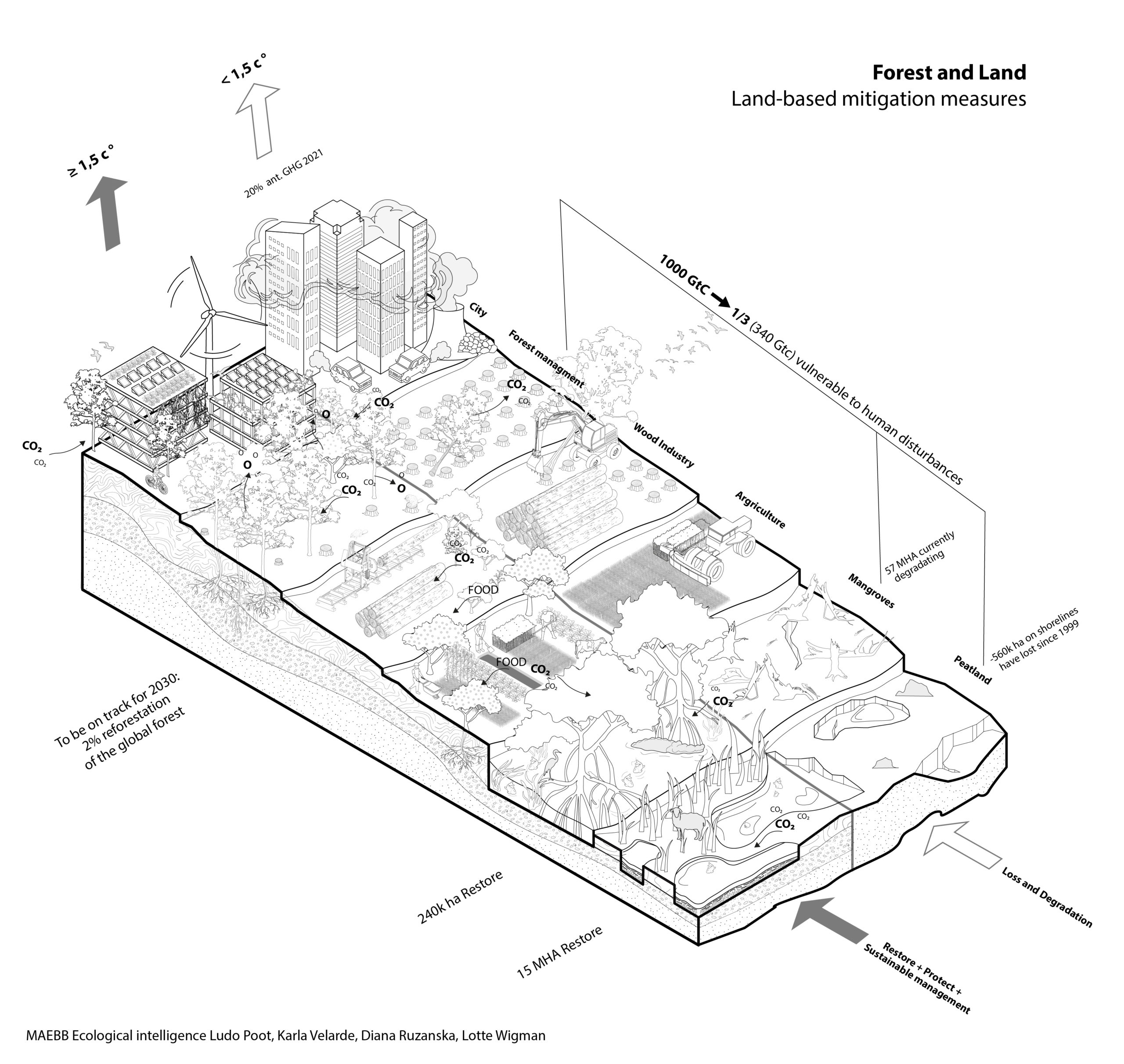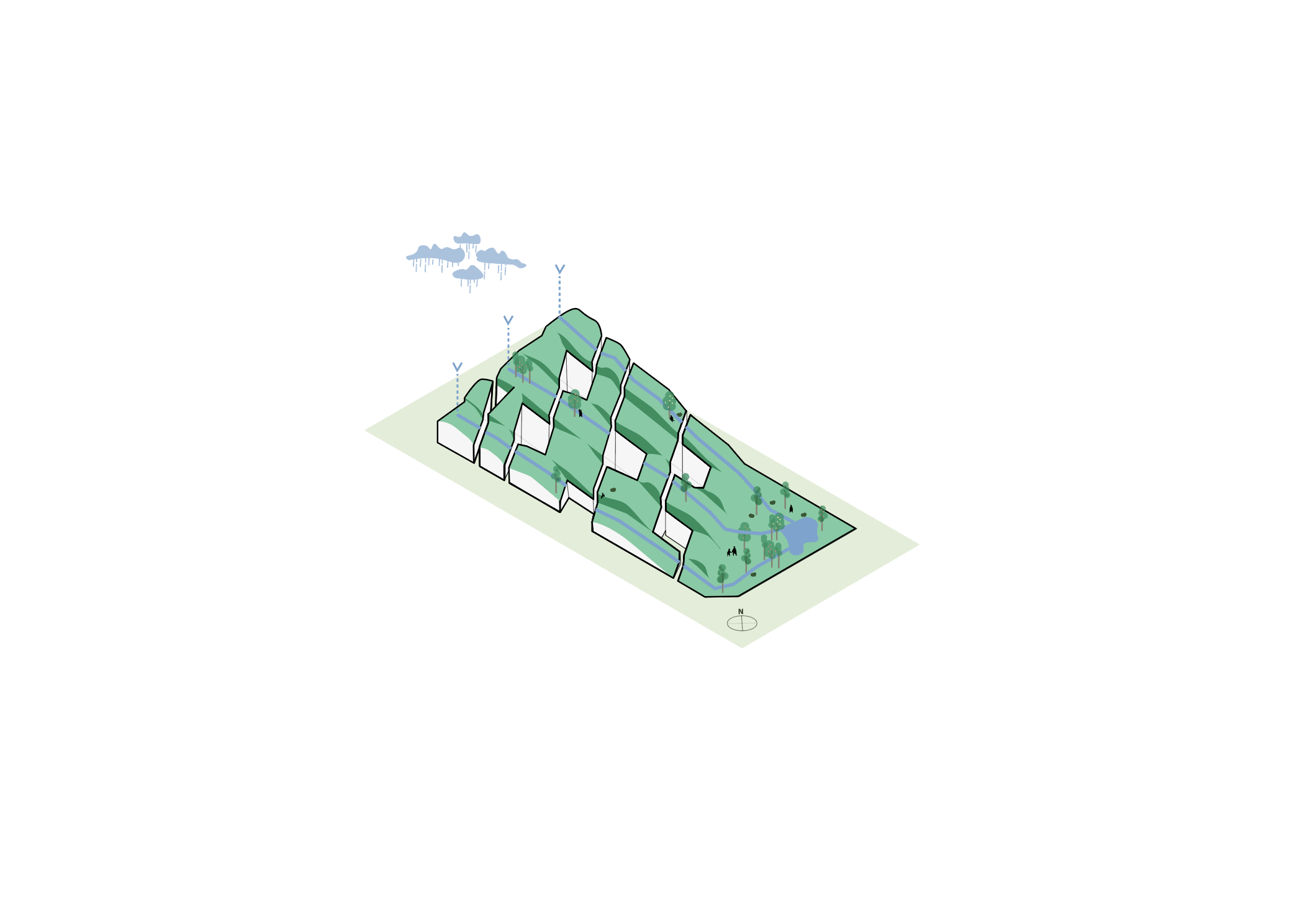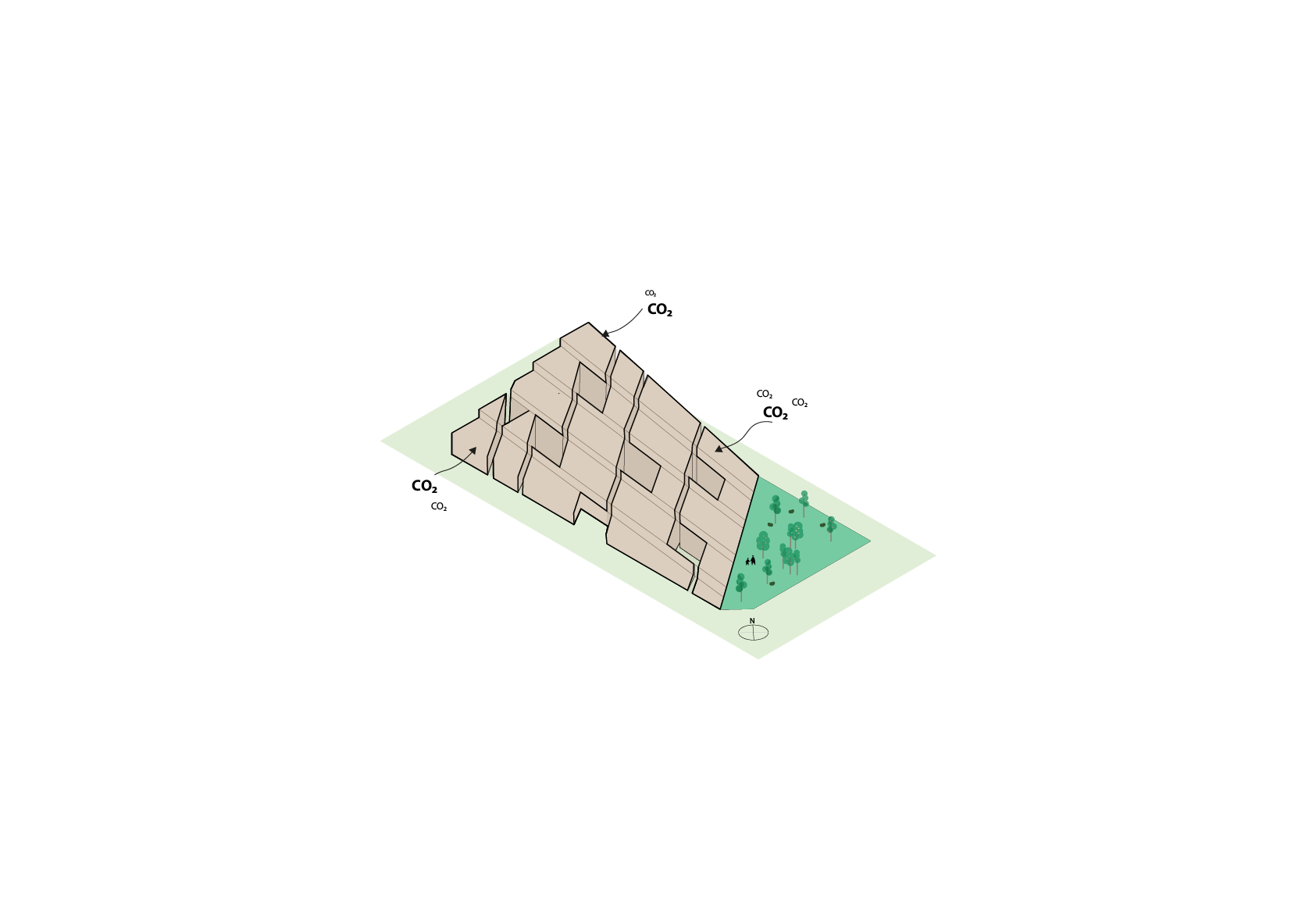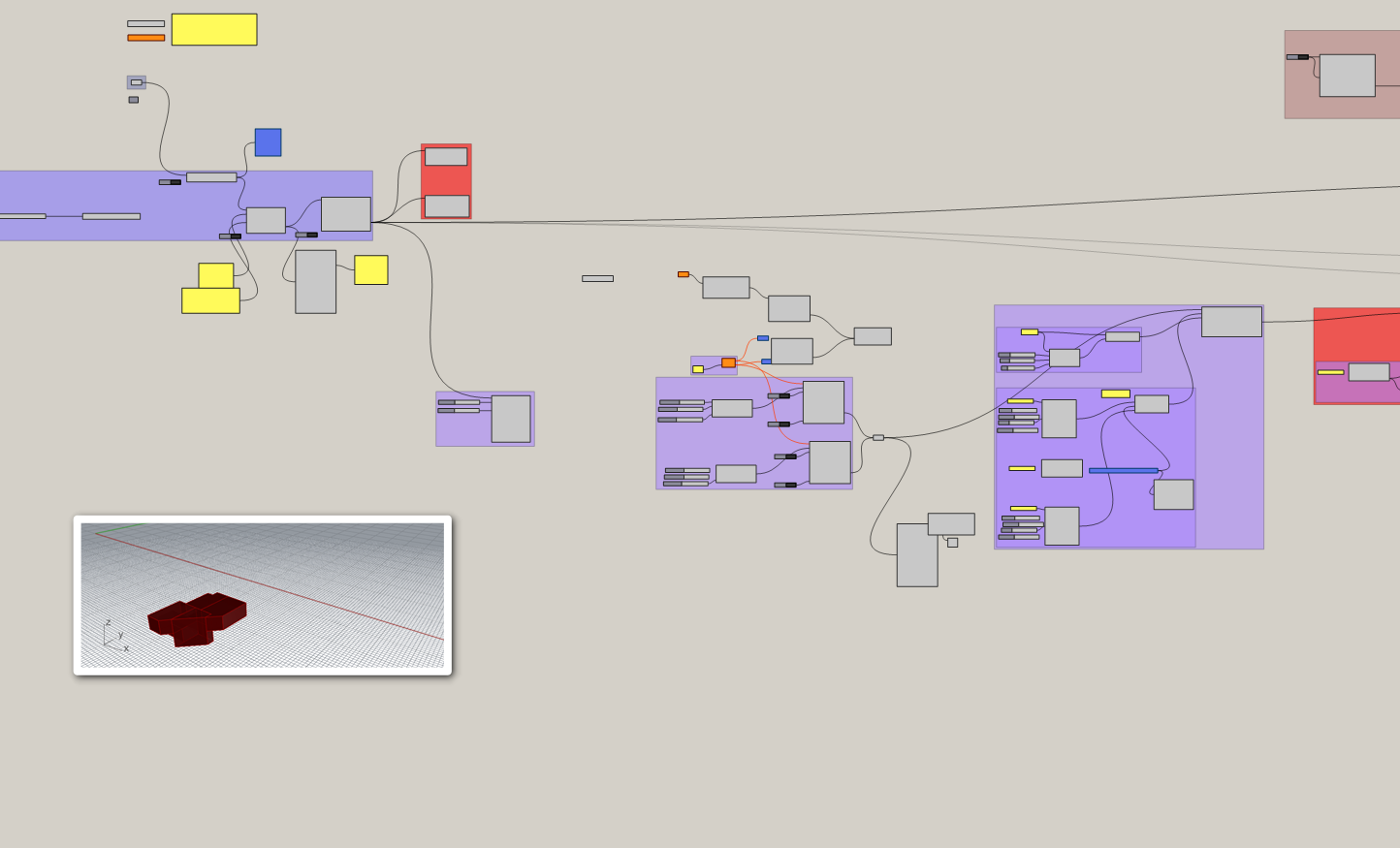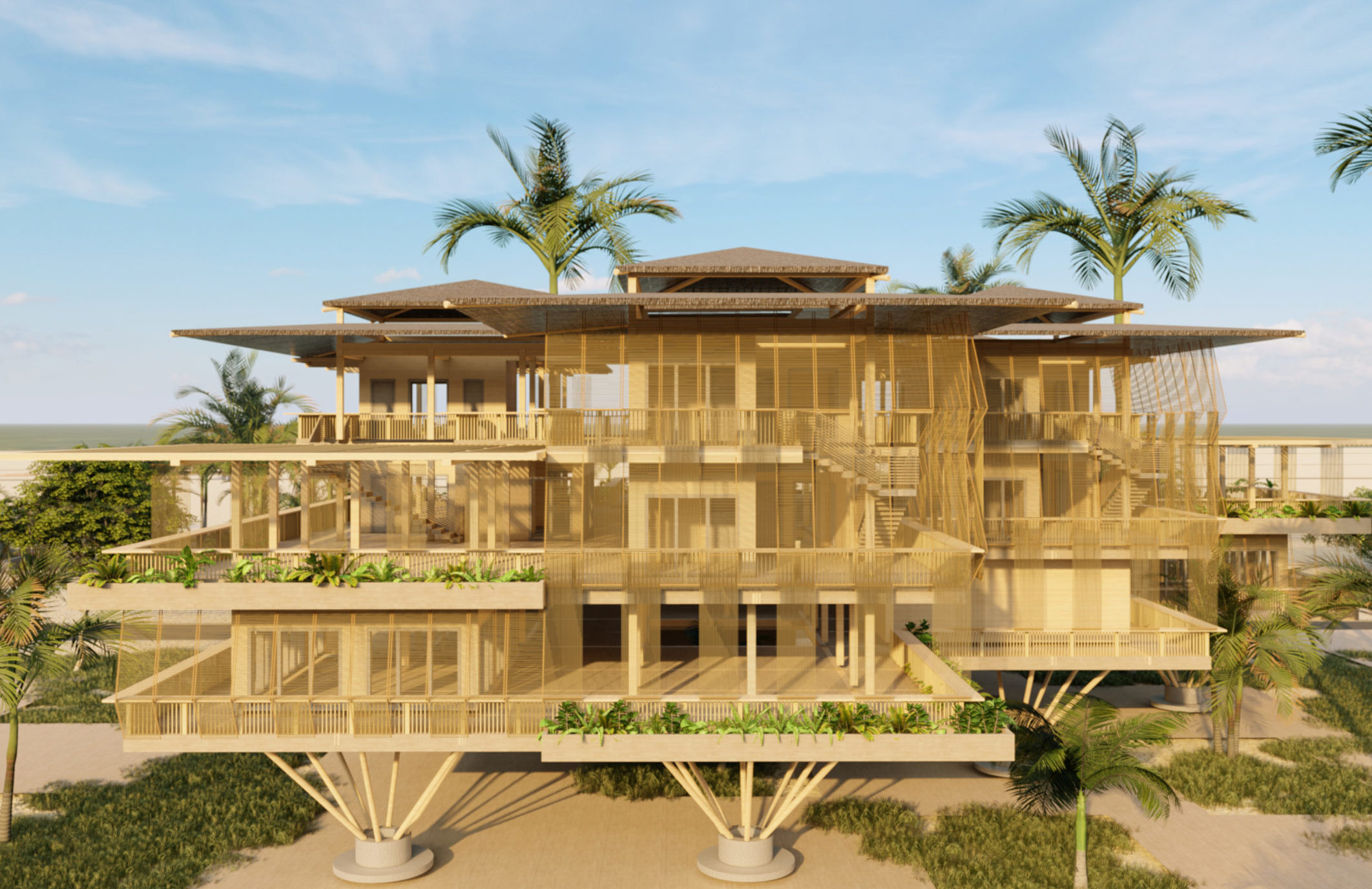The Treeline – Sawmill Factory: Structures
Location SOLSONA, SPAIN Elevation: 700 m above sea levelClimate: Continental / highlands Manifesto From the Pyrenees to Barcelona, the journey wood takes can become a means to bridge the knowledge gap between forests and the timber industry. Solsona, located in the middle of this journey, housing our timber saw mill, can become a place of … Read more



